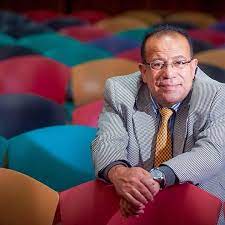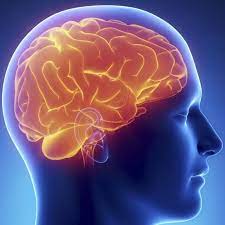The Hebrew words panim and achor (as in lifnei and acharei) are used in both a spatial and temporal sense – either as “front” and “back” or as “before” and “after.”
One approach to the mysterious revelation of Hashem’s glory to Moshe as he gazed from a cleft in a rock (Shemos 33: 18-23) sees forms of those words as referring not, as they most simply read, to the dimension of space but, rather, that of time.
“You will see My ‘back’ but My ‘face’ [or ‘front’] will not be seen” is what Hashem tells Moshe. The Chasam Sofer and Rav Tzadok HaCohein both understand that along the lines of “You may understand My ways when they are behind you in history, but the future (and even present) will not be perceptible.”
I wonder if what permeates and drives both the past and the future might lie in what Chazal comment on the word for “My back”: “He showed Moshe the kesher shel tefillin, the ‘knot at the back of the phylactery [placed on the head]’” (Berachos 7a).
And indeed, the Gemara (ibid, 6a) says that Hashem, in some sense, “wears tefillin.”
What occurs is that the word kesher can mean not only knot but also “bond.” The Gemara tells us that, while our own tefillin contain pesukim praising Hashem, the divine tefillin contain a pasuk praising His people (ibid).
Might “kesher shel tefillin,” here, be a pun of sorts, referring to the eternal bond binding Hashem to Klal Yisrael? And may that bond be the essential thread that runs through human history – past, present and future?
© 2024 Rabbi Avi Shafran









